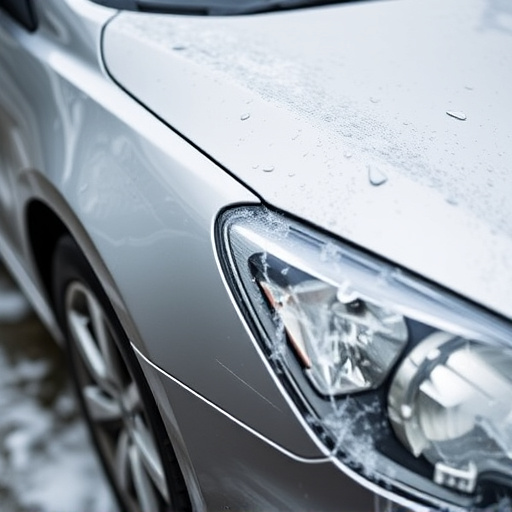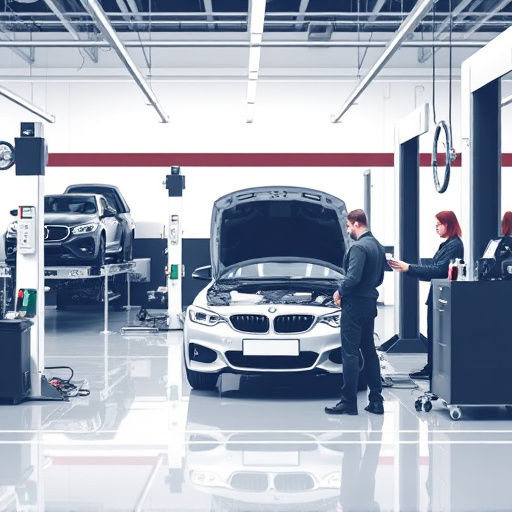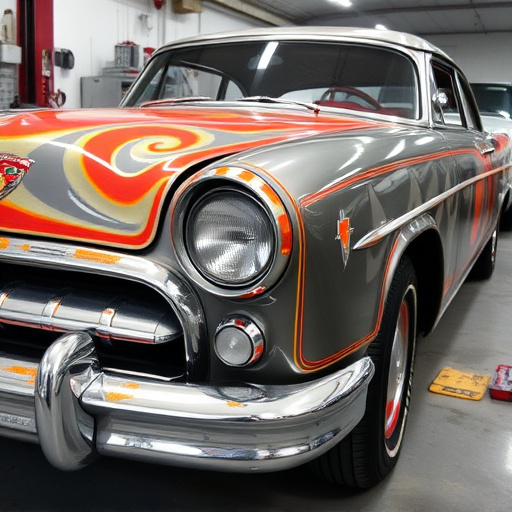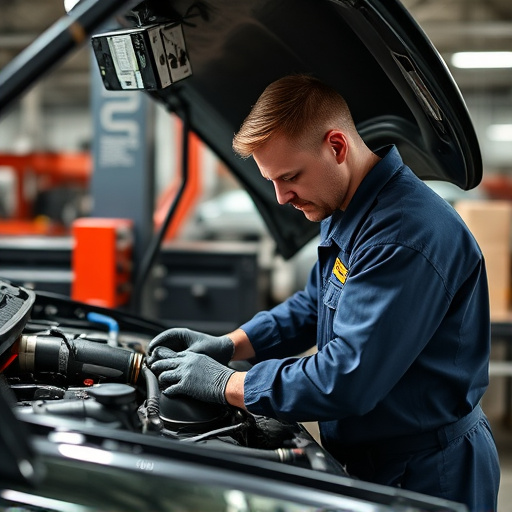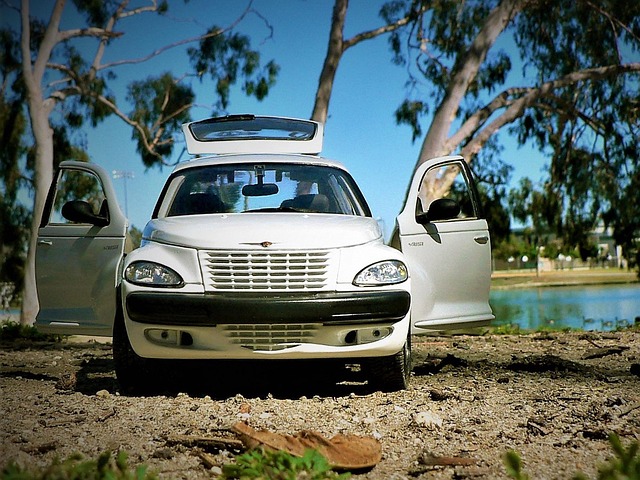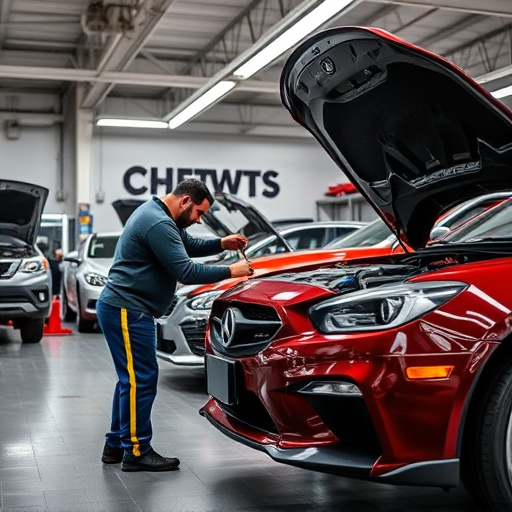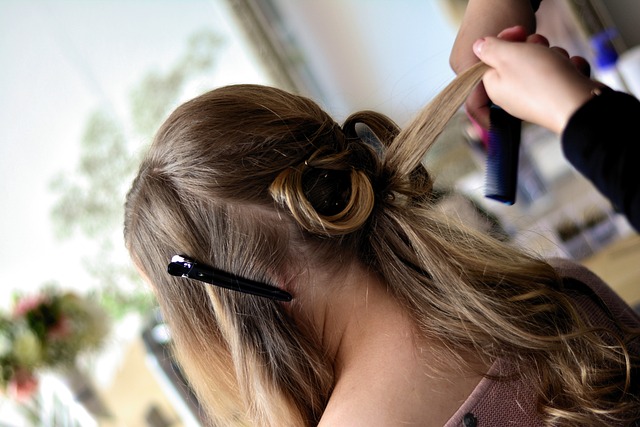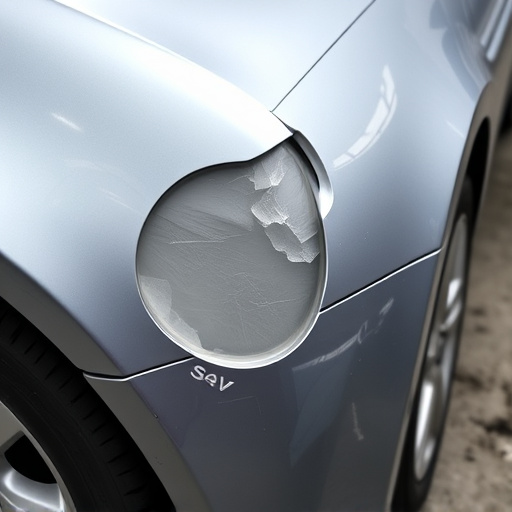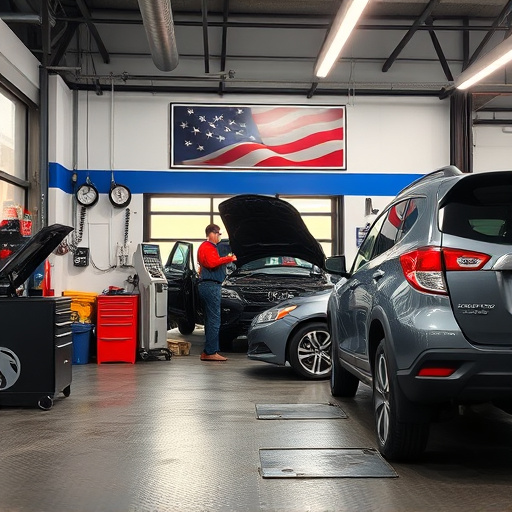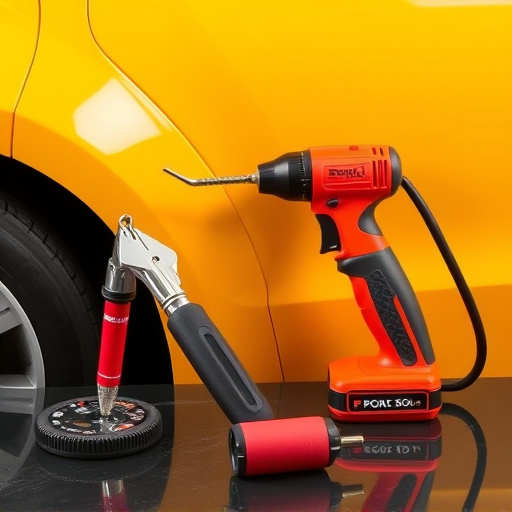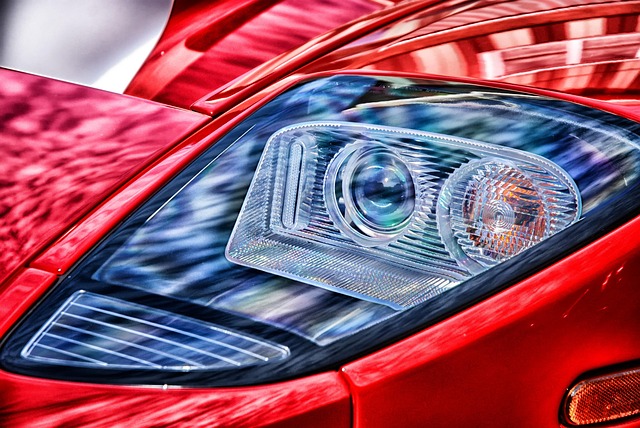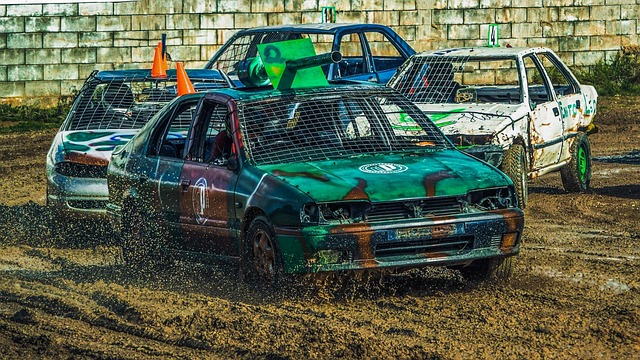In auto paint repair, proper surface preparation is crucial for achieving high-quality results. Skimping on steps like cleaning, degreasing, and removing loose paint can lead to peeling, chipping, and a poor finish that doesn't match the vehicle's original appearance. Investing time in using the right tools and techniques during surface preparation ensures new paint adheres well, prevents long-term issues, and ultimately saves money for both shops and customers.
In the realm of auto paint repair, achieving top-notch results often eludes many due to overlooked factors. This article sheds light on the three primary causes plaguing this intricate process. From insufficient preparation of the paint surface, where proper cleaning and decontamination are key, to the use of substandard materials that compromise long-term quality. Lastly, the importance of skilled labor cannot be overstated; inexperienced hands may lead to irreparable damage. Understanding these issues is a crucial first step towards revitalizing your vehicle’s exterior with precision and expertise.
- Insufficient Preparation of the Paint Surface
- – Importance of proper surface cleaning and decontamination
- – Common mistakes in surface preparation
Insufficient Preparation of the Paint Surface
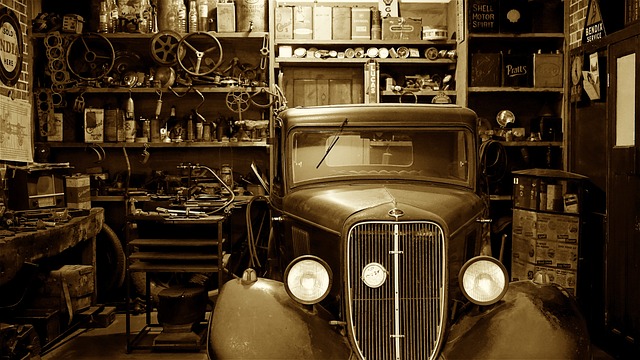
One of the most common causes of poor results in auto paint repair is insufficient preparation of the paint surface. This crucial step involves thoroughly cleaning and degreasing the area to be repaired, removing any loose or flaking paint, and ensuring the surface is free from contaminants like dirt, grease, or wax. Skipping this initial phase can lead to subpar adhesion of new paint, resulting in peeling or chipping over time. Proper preparation creates a clean canvas, allowing for seamless integration of the repair with the existing finish.
Inadequate surface preparation often stems from haste or incorrect techniques used during the auto glass repair, car dent repair, or car damage repair processes. It’s essential to invest time and effort in preparing the paint surface correctly to avoid future issues. Using appropriate tools and compounds specifically designed for paint removal and cleaning ensures optimal conditions for the next stages of the repair process, ultimately achieving a smooth, durable finish that matches the vehicle’s original appearance.
– Importance of proper surface cleaning and decontamination
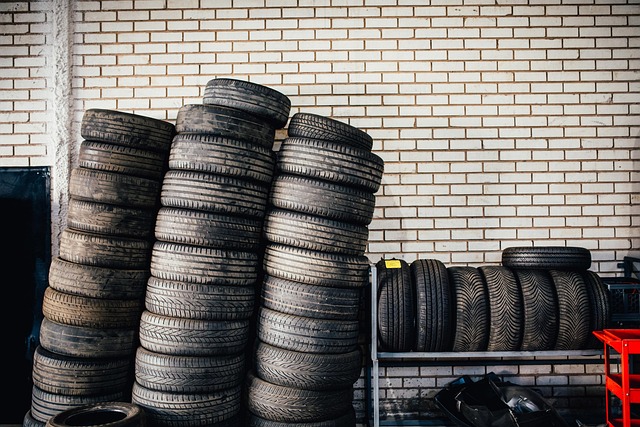
Proper surface cleaning and decontamination are crucial steps in achieving optimal results during auto paint repair. Many automotive body shops overlook this critical phase, which can lead to subpar finishes and long-term issues. The surface must be thoroughly cleansed to remove any dirt, grease, or contaminants that could interfere with the adhesion of new paint. This includes using specialized cleaning agents and advanced decontamination techniques to ensure a clean slate for the repair process.
In an auto body services environment, attention to detail during this phase is vital. Contaminants left behind can cause paint bubbles, flaking, or uneven finishes. By investing time in proper surface preparation, auto repair shops can significantly improve the quality of their work and enhance customer satisfaction. A clean and decontaminated surface sets the stage for a successful and lasting auto paint repair job.
– Common mistakes in surface preparation
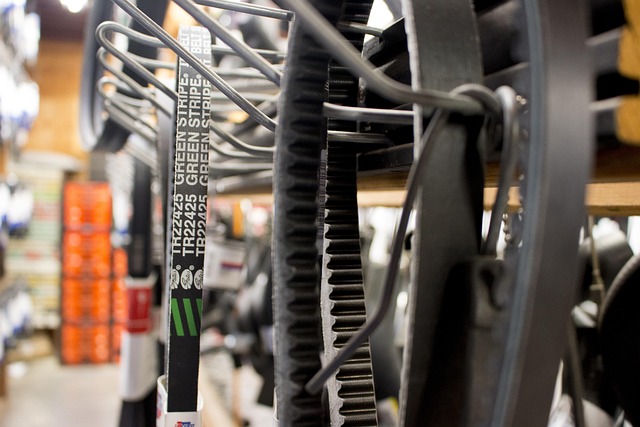
In auto paint repair, proper surface preparation is paramount to achieving a flawless finish. Common mistakes often arise from skimping on degreasers or sandpaper grade, leading to an uneven base for new paint. Using the wrong tools or techniques can result in scratches, dings, or missed spots, requiring extensive rework. Many automotive body shops overlook this crucial step, which sets the foundation for the entire repair process.
Surface preparation involves thoroughly cleaning and preparing the car’s exterior to ensure paint adheres well. This includes removing rust, old paint, grease, and debris. Using appropriate primers is also essential to seal any imperfections and provide a smooth surface for painting. Neglecting these details can lead to poor results in auto paint repair, as the new coat may chip, peel, or show through, necessitating more extensive and costly repairs down the line.
Inadequate preparation of the paint surface is a significant obstacle in achieving optimal results during auto paint repair. Proper cleaning, decontamination, and attention to detail are crucial steps that often make or break the final outcome. By understanding common mistakes and adhering to best practices, such as thoroughly removing contaminates and ensuring a clean base, auto body repair professionals can significantly enhance the quality of their work. Investing time in meticulous surface preparation is key to achieving long-lasting, visually appealing paint jobs.
